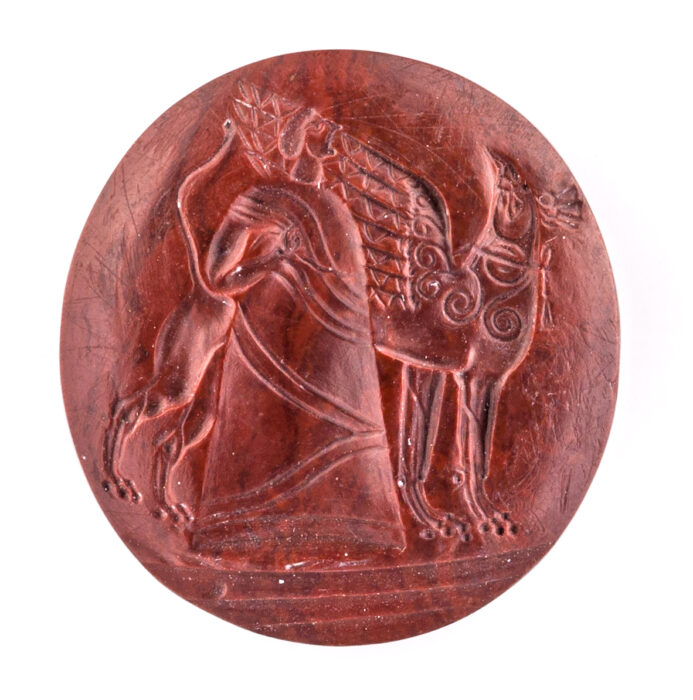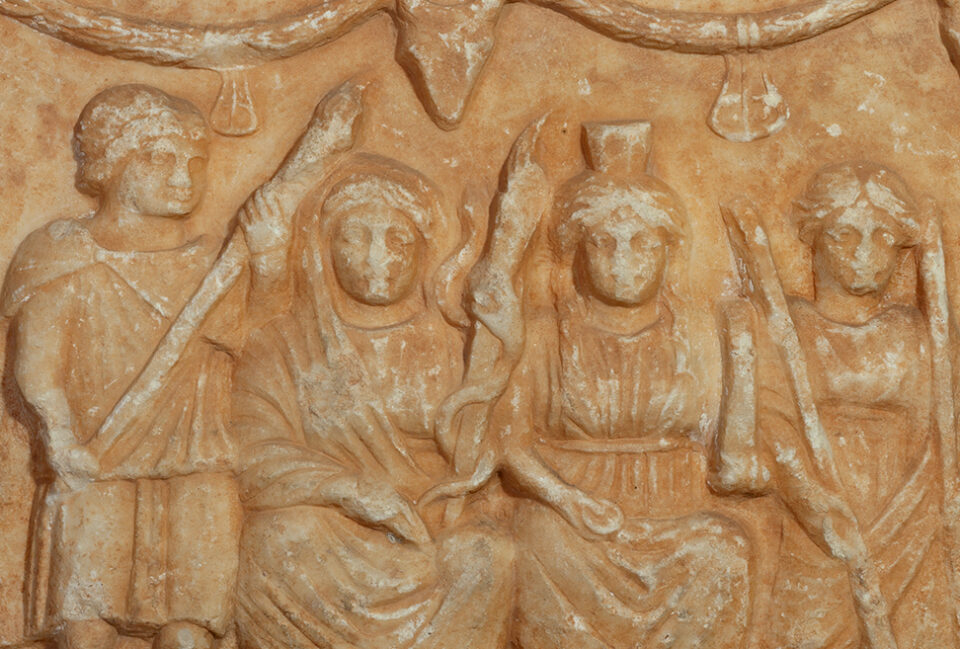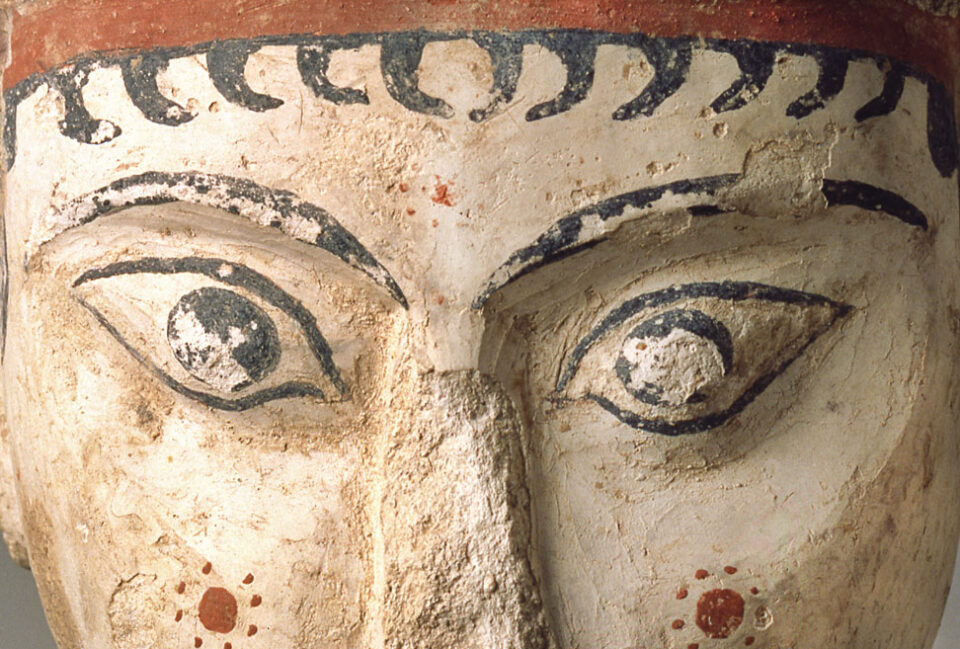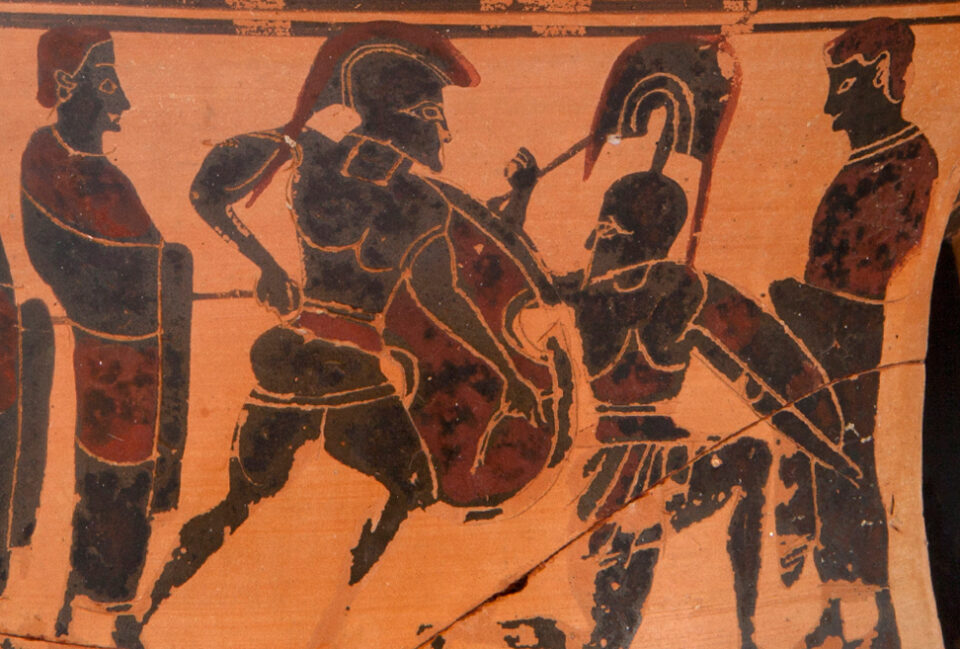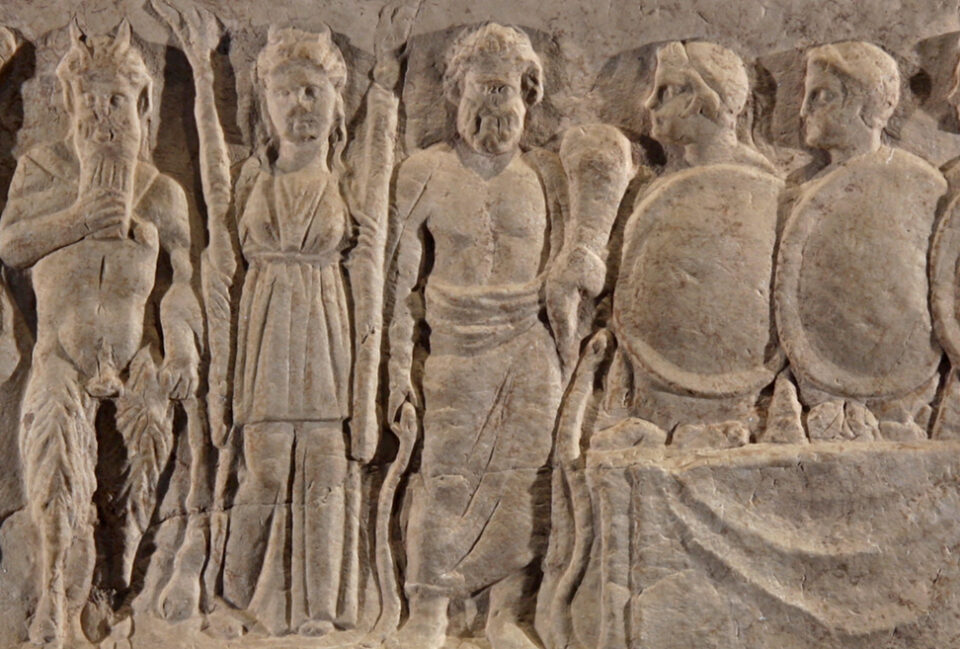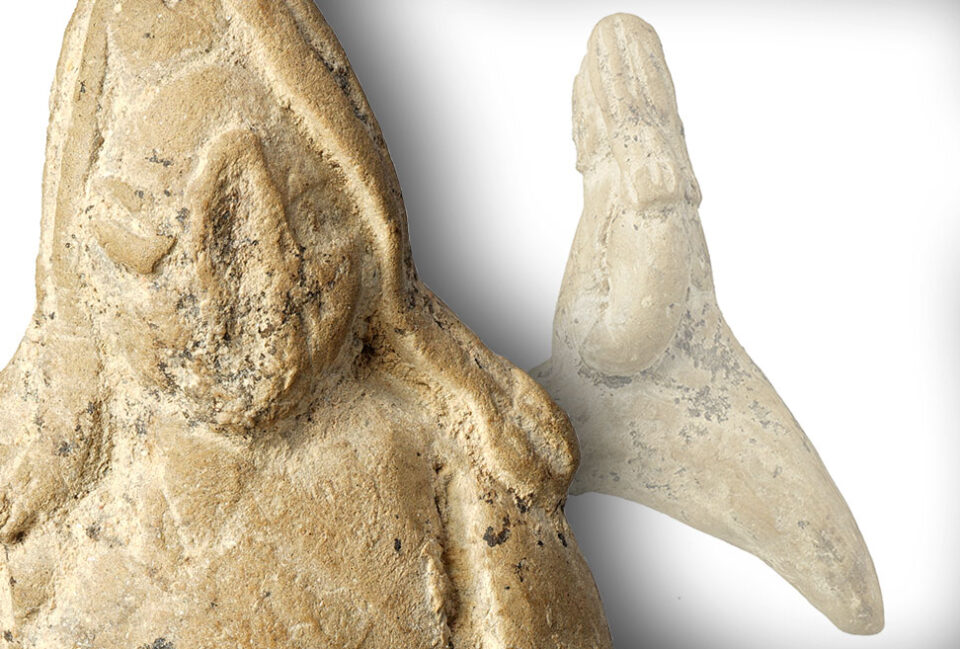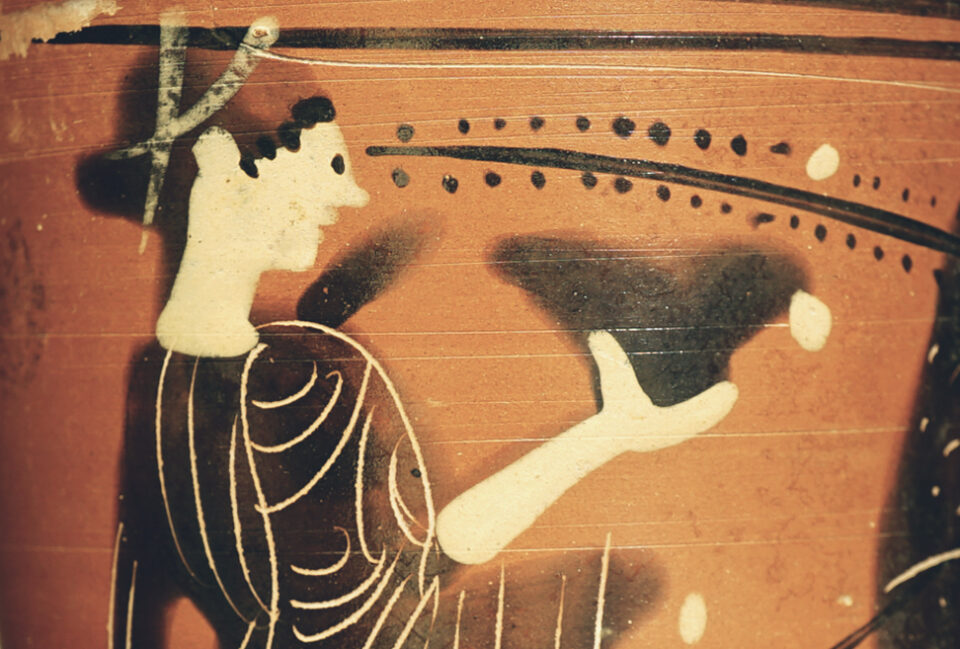Exhibits of the month
2025Priests, rituals and magic in antiquity
Man’s anguish to explain the world around him, his desire to appease nature and to become familiar with death, has been an integral part of his existence. Over the centuries, the boundaries between rationality and superstition have often become blurred, while a complex network of gods and demons have enriched the art and mythology of all cultures, ultimately demonstrating their worldview.
The priesthood, people who concentrated in their hands power that often exceeded the secular one, possessed magical knowledge, since they were the ones who communicated with the divine, knew miraculous herbs and deadly poisons, interpreted omens, performed sacrifices, libations and mysteries, exorcised plagues and demons, blessed the annual harvest, the birth of a child, the change of seasons, the passage to the afterlife and cursed the “miasma”, the sacrilegious and the heathen.
Representations of deities, priests and rituals unknown to us, have been preserved in wall paintings, votive sculptures and figurines. At the same time, written sources such as the Mycenaean Linear B tablets, the inscribed lead bindings and the oracle plates testify that in antiquity the intervention and invocation of forces outside of man dominated every activity of life.
In 2025, the Hellenic National Archaeological Museum’s “Exhibit of the Month” action will attempt to trace the religion of various eras, as it was reflected in ancient art and the written testimonies of the past.
Twelve (12) “biographies” of objects from the permanent exhibitions of the Museum’s Collections, one (1) on the 25th of each month of the year 2025, are presented to our online followers and invite them to come and see these objects up close in the Museum. Each “biography” bears the signature, personal style and scientific validity of the Museum’s curators. Each “biography” is complemented by rich photographic material and indicative bibliography, and is offered in two languages, Greek and English.
This year too, the committee for the supervision and coordination of the action is composed of curators Eleni Konstantinidi, Efi Oikonomou and Chrysanthi Tsouli and conservator Maria Kontaki.
